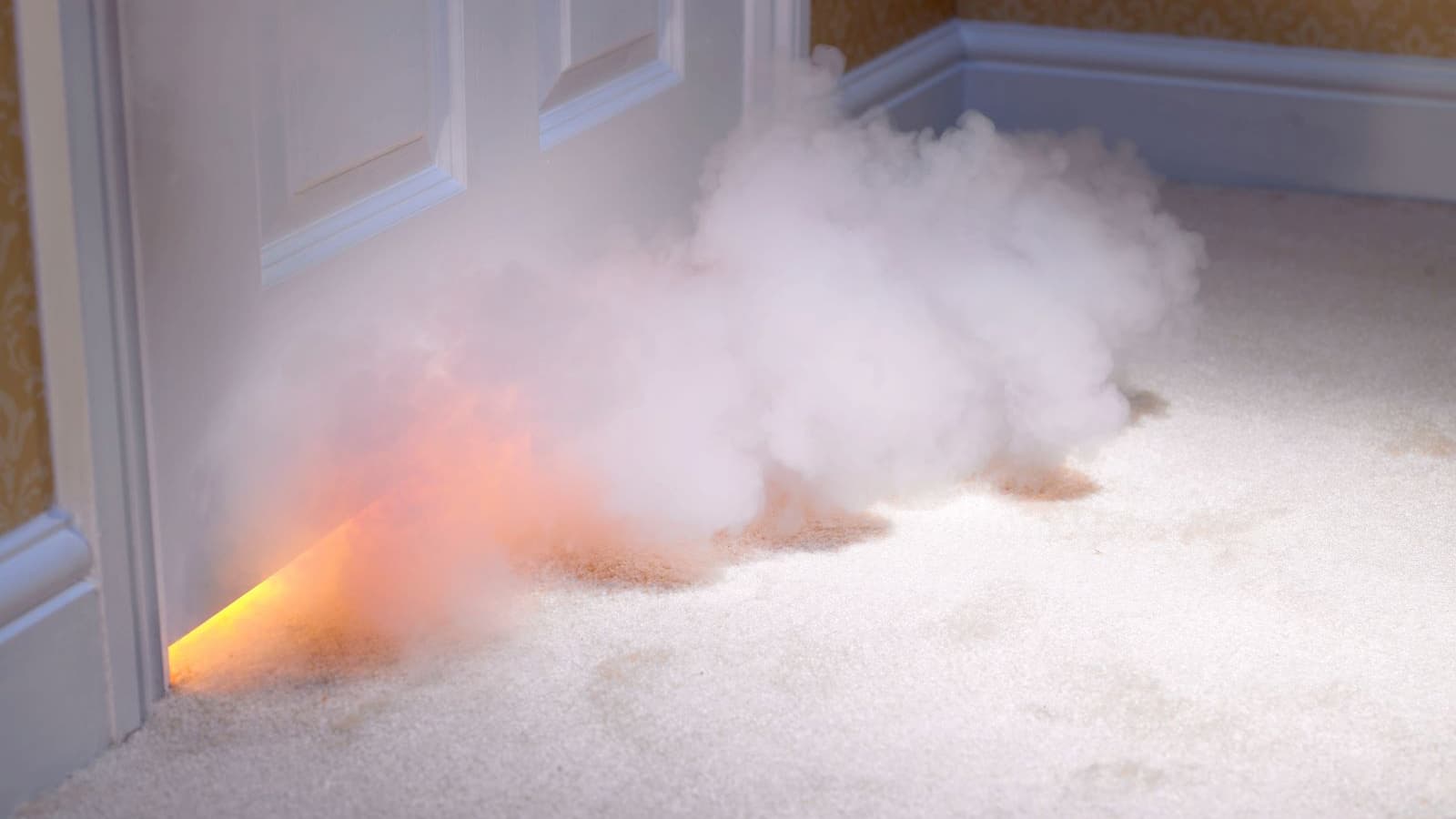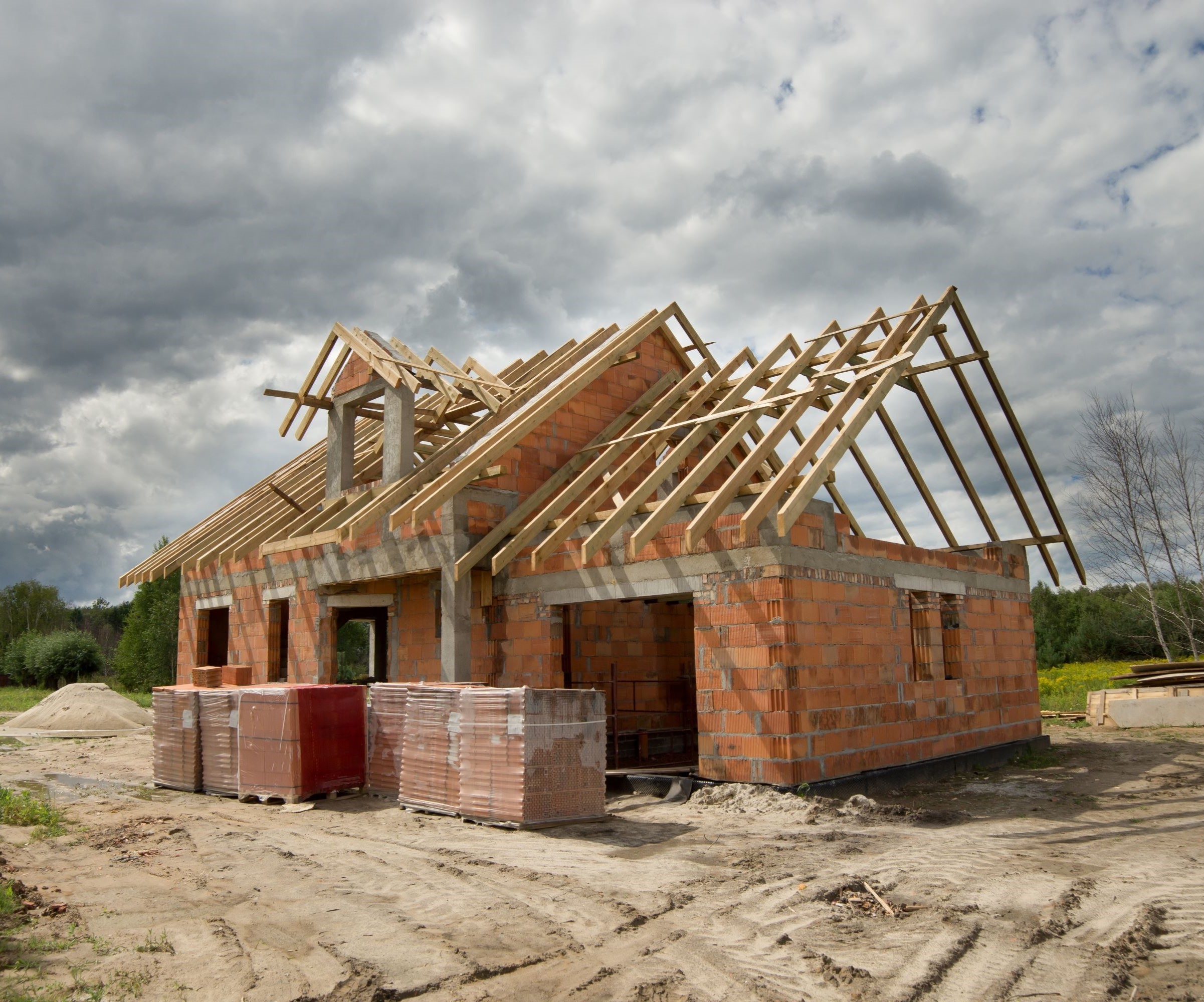Modern homes are more at risk from deadly fires, according to UK's largest fire brigade
Are modern construction methods inadvertently making our homes more vulnerable to rapid fire spread? According to the London Fire Brigade the answer is yes

While the number of UK house fires has thankfully declined, a hidden threat is emerging: modern building materials and household contents are fueling faster, more intense blazes.
This concerning trend, highlighted by tragedies like Grenfell and stark fire service warnings, demands a critical reassessment of fire safety building regulations in contemporary residential construction.
For homeowners and renovators, understanding these evolving risks is now paramount to safeguarding lives and property.
The dangers of modern house fires
The latest statistics paint a seemingly positive picture at first glance. Data from the Home Office for England, year ending March 2024, reveals a 20% decrease in dwelling fires compared to a decade prior, with 25,591 incidents recorded.
However, a closer look reveals a worrying counter-trend; fire-related fatalities in dwellings remain stubbornly high. In England alone, according to government figures, there were 180 fire-related fatalities in the year ending March 2024.
This suggests that while fires may be less frequent, when they ignite, they can be increasingly dangerous.
Modern materials threaten rapid fire spread

The drive for energy efficiency, faster construction times, and innovative designs has led to the increased use of materials that, while offering benefits in other areas, can spread fire faster than traditional materials like brick and mortar.
Bring your dream home to life with expert advice, how to guides and design inspiration. Sign up for our newsletter and get two free tickets to a Homebuilding & Renovating Show near you.
The London Fire Brigade (LFB) published their assessment of risk for fires and they identified their highest risks, which included:
- Timber frame construction: Modern timber frame construction, especially cross-laminated timber structures, while offering speed and environmental advantages, presents a significant fuel load, particularly during the construction phase. The open nature of timber stud walls can allow fire to spread rapidly through cavities.
- Synthetic cladding: The tragic Grenfell Tower fire brought the dangers of certain types of synthetic cladding, particularly Aluminium Composite Material (ACM) with a polyethylene core, into sharp focus. The Grenfell Inquiry Report concluded that the "combustible cladding and insulation" were to blame for the rapid spread of the fire.
- Structural insulated panels (SIPs) and other composite materials: Modern construction increasingly utilises SIPs, which consist of an insulating foam core sandwiched between structural facings (often oriented strand board - OSB). While offering excellent insulation, the foam core and OSB can be combustible.
- Emergence of lithium-ion batteries: With electric cars and solar panels becoming more popular the lithium batteries used to power them present more of a risk to households. The LFB said the "lack of safe disposal systems for lithium-ion batteries" and "increasing number of Electrical vehicle fires" present a serious concern for house fires in the future.
The Fire Protection Association also highlights that common household items made of "plastics and rubber, video tapes, polyurethane foam-filled furniture, foam-filled mats, etc." will "burn reasonably easily and provide sources of fuel".
This underscores the prevalence of combustible synthetic materials in modern homes can contribute to the intensity of a fire once it starts, regardless of the building's structure.
Calls to extend the combustible materials ban
The catastrophic fire at Grenfell Tower in 2017 exposed critical flaws in the UK's building safety regulations.
A key issue was the use of highly combustible ACM cladding on the 24-storey building. Following the tragedy, a ban was introduced on the use of combustible materials in the external walls of buildings over 18 meters in height.
Dame Judith Hackitt, who led the independent review, emphasised the need for a "whole system change" in building regulations, rather than focusing solely on cladding issues. Her work highlighted that the risks associated with combustible materials are not limited to high-rise structures.
The Grenfell Inquiry's final report further reinforces this view, advocating for a more comprehensive approach to fire safety that addresses the risks in all residential buildings.
The Building Safety Levy aims to fund the remediation of unsafe cladding on higher-risk buildings, but for the homebuilding and renovating sector, the crucial message is the potential for future regulations to restrict the use of certain combustible materials in all residential properties, regardless of height.
Although not a legal requirement, homeowners are advised that when selecting materials to build your home you should prioritise those with higher fire resistance ratings and be mindful of other materials in your home that can accelerate fires.

News Editor Joseph has previously written for Today’s Media and Chambers & Partners, focusing on news for conveyancers and industry professionals. Joseph has just started his own self build project, building his own home on his family’s farm with planning permission for a timber frame, three-bedroom house in a one-acre field. The foundation work has already begun and he hopes to have the home built in the next year. Prior to this he renovated his family's home as well as doing several DIY projects, including installing a shower, building sheds, and livestock fences and shelters for the farm’s animals. Outside of homebuilding, Joseph loves rugby and has written for Rugby World, the world’s largest rugby magazine.
